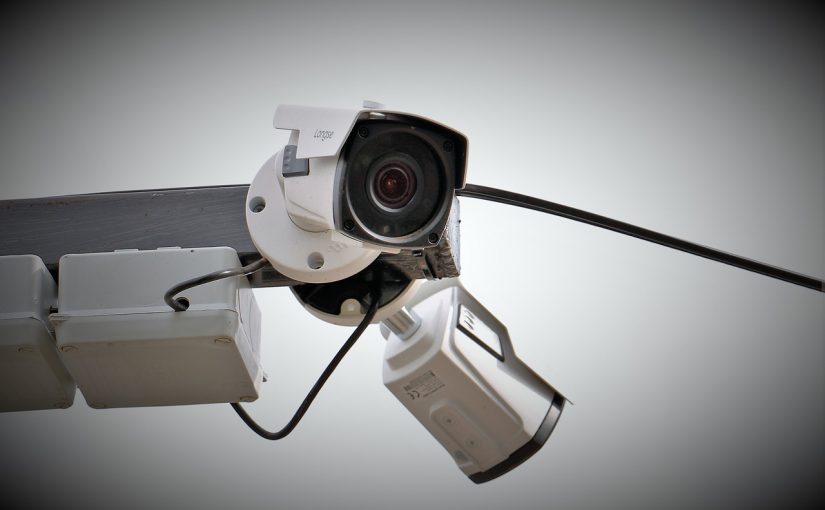Are you looking to add a personal touch to your vehicle? One way you can do that is by creating personalized license plates. And the best part is that you can make number plates online from the comfort of your own home.
Personalized license plates are a great way to express yourself, showcase your interests, or even promote your business. Whether you want to show off your favorite sports team, display a clever pun, or simply have your name or initials on your plates, you can easily create a design that is unique to you.
To make number plates online, you’ll need to start by selecting a website that offers this service. There are several reputable sites that specialize in personalized license plates, so take some time to research your options and find the one that best suits your needs.
Once you’ve found a website you like, the process of creating your personalized plates is relatively straightforward. You’ll be prompted to choose your state of residence and enter your desired text, up to a certain number of characters usually around 7 or 8. You can also select from a variety of themed designs or upload your own image or logo.
After you’ve entered your information and made your design choices, you’ll be able to preview your custom license plates before you order them. This is an important step to ensure that your plates look exactly the way you want them to and that there are no typos or other errors.
It’s worth noting that there are some restrictions on what you can put on personalized license plates. Offensive language, drug-related references, and sexually explicit content are prohibited, as well as anything that could be perceived as a threat or encourage violence. Additionally, you may not be allowed to use certain symbols or emojis, depending on your state’s regulations.
In addition to personal use, personalized license plates can also be a great marketing tool for businesses. Adding your company name or logo to your vehicle’s plates is an easy and cost-effective way to increase brand recognition and promote your products or services.
However, it’s important to keep in mind that custom license plates come with an additional cost beyond the standard registration fees. Depending on your state, you may be required to pay an extra fee to order personalized plates, and there may also be annual renewal fees for keeping them.
If you’re looking to personalize your vehicle and make it stand out on the road, creating custom license plates is a fun and easy way to do it. Whether you’re expressing your personality, promoting your business, or just adding a unique touch to your ride, making number plates online is a convenient and affordable option.
So what are you waiting for? Take advantage of this opportunity to express yourself and create a design that is uniquely you. With just a few clicks, you can have your very own personalized license plates delivered right to your doorstep.









